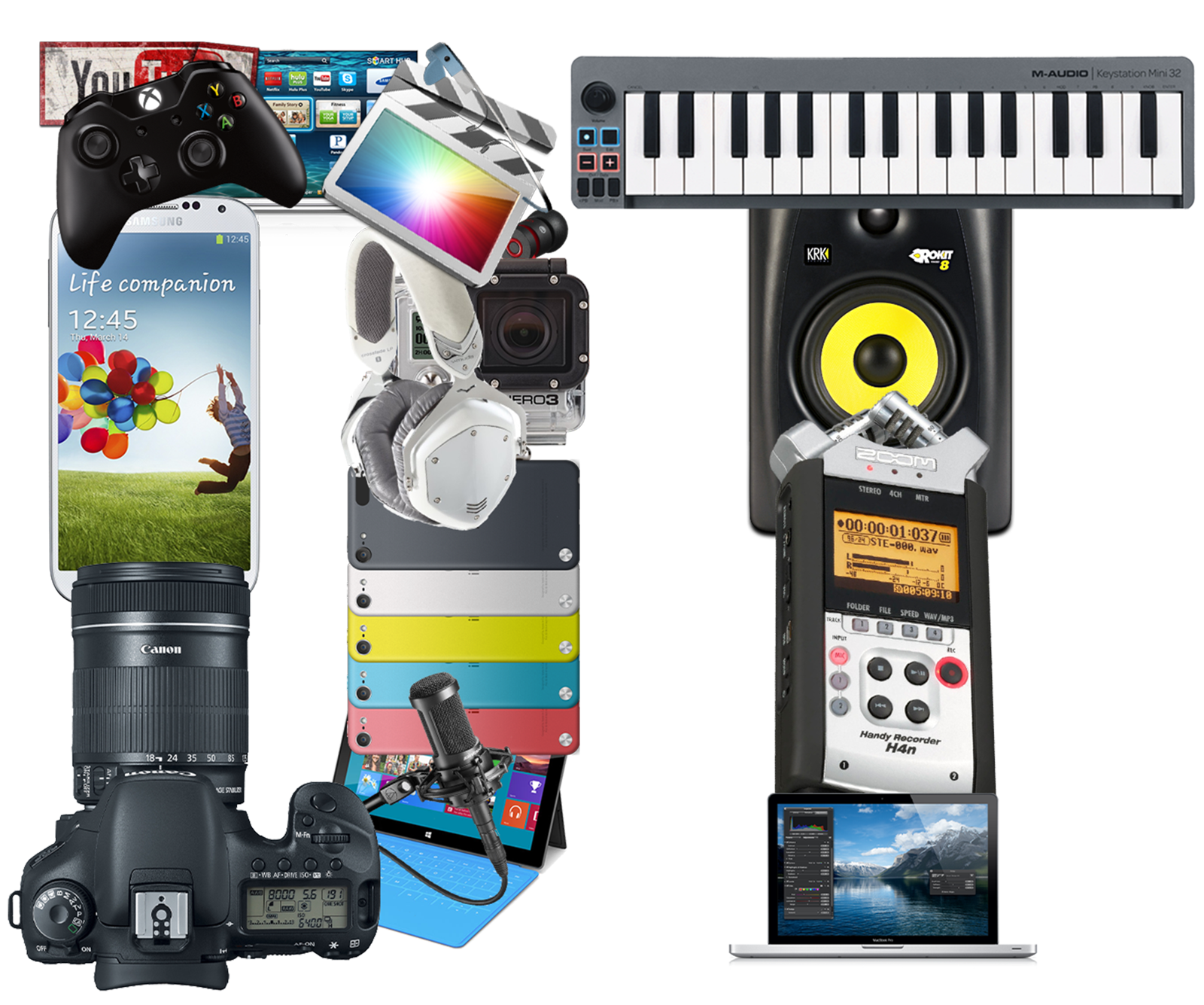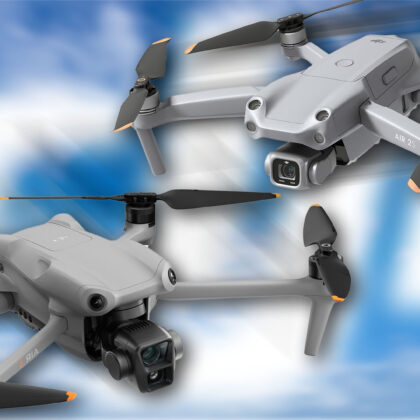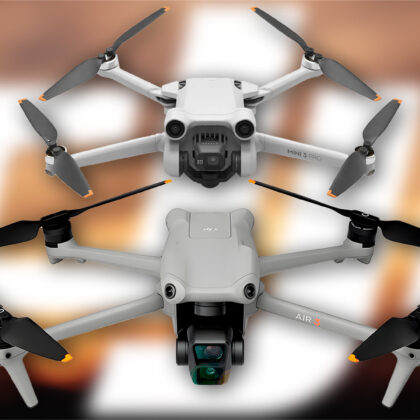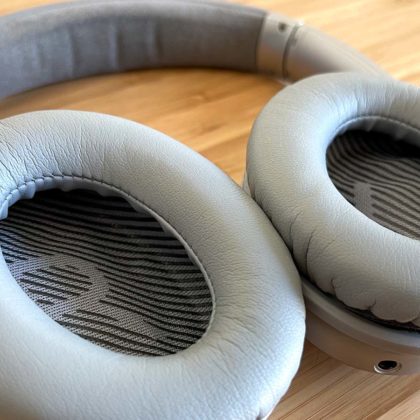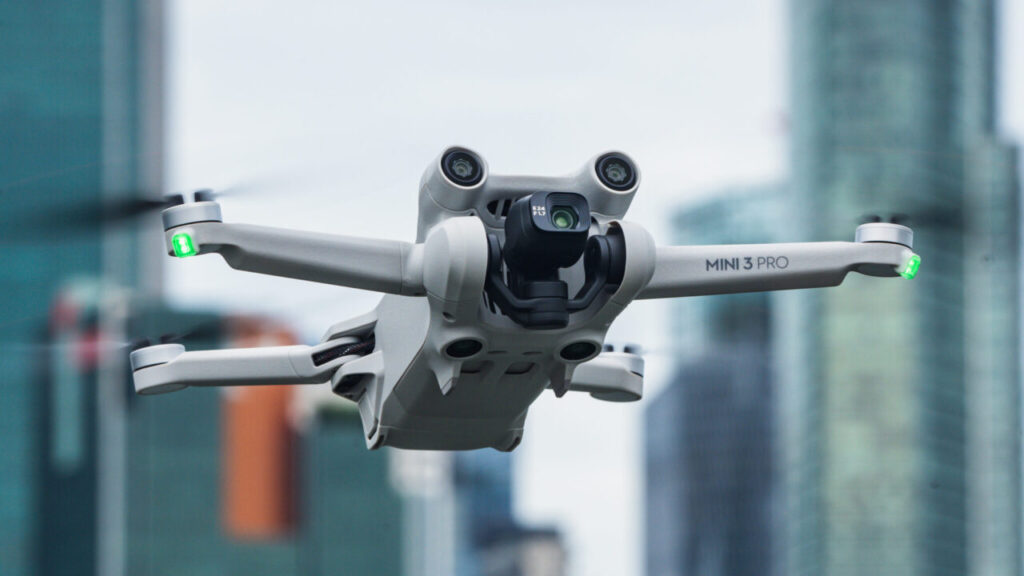
As of May 10, 2023, it has officially been a full year since DJI announced the Mini 3 Pro — so with that in mind, I decided it was time to sit down and put together a real in-depth Mini 3 Pro review utilizing the data and experience I had gained from over 200 flights with this tiny little powerhouse of a drone.
For ease of reading (and my own sanity), the review will be split into three main sections:
- What has changed over the past year? The new features DJI has added with software updates and accessories they released for the Mini 3 Pro
- What I’ve learned over the past year of flying? Diving into the data from 200+ flights I’ve been able to pull the most accurate flight and range statistics, plus I’ll include anecdotal information about flying everywhere from 13,000ft above sea level to tropical storms on the beach.
- Is the Mini 3 Pro still worth it? With the Mini 2 SE, Mini 3, Mavic 3 Classic and Mavic 3 Pro all joining DJI’s drone lineup over the past year, how does the Mini 3 Pro compare and is it still a good purchase in 2023 and beyond.

What’s changed? Software updates, new features, and more
Since the launch of the Mini 3 Pro, DJI has released 7 separate software updates for the drone on top of several for the controller, batteries, and DJI Fly application.
On top of the expected optimization and bug squashing, these updates have included some pretty notable new features including (in no particular order):
- Portrait mode support for hyperlapse, Focustrack, and Quickshots
- USB mode to stop overheating/improve battery life when exporting files or updating
- Continuous autofocus during video added
- 10-bit cine mode added
- Tripod mode/control expo tuning
The biggest of these new features were arguably the last two, with 10-bit mode allowing users to squeeze every bit of capability from its 1/1.3″ Omnivision OV48C sensor and control expo tuning finally allowing users to customize the parameters in C/N/S modes for slower or faster movements depending on your preference.
Also, it should not be understated the numerous small tweaks DJI has made to the Fly app as well which has come a long way to where it’s basically a full replacement for DJI Go 4.
New Accessories
Since the release of the Mini 3 Pro, we have seen DJI release many of the expected accessories for this drone including:
- A wide-angle lens attachment
- 360° propellor guards
- Propellor holders for traveling
However, they’ve also expanded support for a few of their new FPV-focused accessories — the DJI Goggles 2, Motion 2, and Goggles Integra — to include the Mini 3 Pro, greatly expanding the capabilities of this tiny photography drone.
Overall over the past year, the experience flying the Mini 3 Pro has improved significantly.
The drone itself has more features, there are more accessories available and the DJI Fly App has become more sophisticated with the introduction of better manual controls and control expo tuning.
It’s not as dramatic as the Mavic 3 (which lacked many core features like panorama and hyperlapse until 1-2 months after its release) but if you’ve mainly been looking at Mini 3 Pro reviews from the first month it was out, it’s worth noting.
Real-world experience: 365 days with the Mini 3 Pro
Over the past year, I have used the Mini 3 Pro a lot — flying everywhere from snowy mountain tops in the Swiss Alps to sandy beaches in Costa Rica — and learned a lot about the capabilities and limitations of this little drone.
First, here’s a little taste of what I captured in the past year with this drone.
But you came here for more than just upbeat, fast-paced showreels — so let’s jump into the nitty gritty.
The numbers don’t lie
Starting out with the numbers and flight data, let’s go over everything I’ve learned from flying the Mini 3 Pro drone 200+ times over the past year.
Below are the most accurate real-world flight times you’ll find as I used AirData.com to pull all my flight data to a spreadsheet so I could really crunch the numbers.
| DJI MINI 3 PRO | Standard Battery | Extended Battery |
| Max Flight Time | 23:34 min (6ft takeoff elevation) | 34:57 min (39ft takeoff elevation) |
| Avg. Flight Time | 20:22 min (Avg. elevation 3200′) | 30:19 min (Avg. elevation 4500′) |
| Avg. Flight Time (under 2000′) | 20:44 min | 31:12 min |
| Median Flight Time | 19:43 min (12 flights) | 29:19 min (50 flights) |
As you can see from the flight times, I never once got close to achieving DJI’s advertised flight times of 34 & 47 minutes respectively.
This even includes a flight where I landed with 1% battery! (Don’t try this at home kids)
However, this inflation of advertised flight times has come to be expected from DJI.
Interestingly though, the standard batteries saw a larger difference between the advertised and the real-world times with a 30% drop (34 to 23:34) versus 25% (47 to 34:57) with the extended batteries.
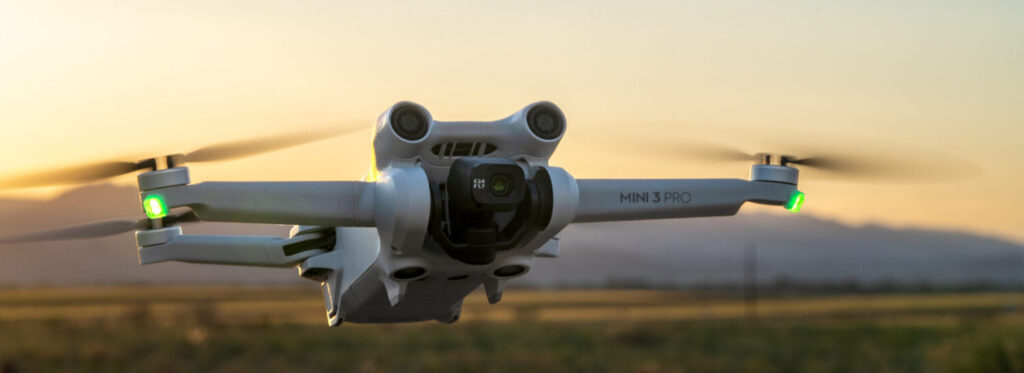
Some other interesting data I got using the Mini 3 Pro’s flight data was concerning controller range when operating in FCC vs. CE countries.
As you can see from the number below, I found that the average range when the DJI RC controller was abiding by FCC vs. CE wireless transmission regulations almost lined up with DJI’s advertised 33% drop in range.
| DJI MINI 3 PRO | FCC Power Limits | CE Power Limits |
| Max Range | 9509ft (2898m) | 6247ft (1904m) |
| Average Range (from top 10 distances) | 6786ft (2068m) | 4818ft (1469m) |
However, my maximum distance fell far short of DJI’s advertised figures, barely getting 25% of the advertised 12km max distance and lining up more with the 1.5-3km “Strong Interference: urban landscape” figures.
The only number that did 100% line up with DJI’s published specs was the top speed of 35.8 mph (57.6 kph).
The Mini 3 Pro recorded a max speed of greater than 35mph on over half my 200 flights with the maximum recorded speed coming in at 37.7mph (60.7), with dozens more in the 36-37mph range.
Finally, the last two interesting stats I pulled from AirData was:
- The max battery temperature the Mini 3 Pro experienced was 140° F with an extended battery (on a particularly hot summer day in Colorado) and 133.9° F with the standard battery
- When I riskily landed with 1% battery left that one time, the battery only had a reported 1mAh left in it. Not sure how true this is but definitely pretty scary!
*If you’re interested in checking out your own stats in-depth, AirData hooked me up with a promo code. I’m not sponsored by them or receive any affiliate kickback, but enjoy 20% off their HD360 plan with the code DIGITALTECH20.
My thoughts on the Mini 3 Pro
Numbers aside, let’s talk about how the Mini 3 Pro performed in the many different weather and lighting conditions in which I’ve flown.
Saving camera quality for later, the Mini 3 Pro has constantly surpassed my expectations.
Whether it’s flying in wind speeds that caused a literal tumbleweed to go bouncing across the sand or handling altitudes well above its 4000m/3000m (standard/extended battery) flight ceiling, I sometimes forget that this is all with a drone that easily fits in a pocket or purse.
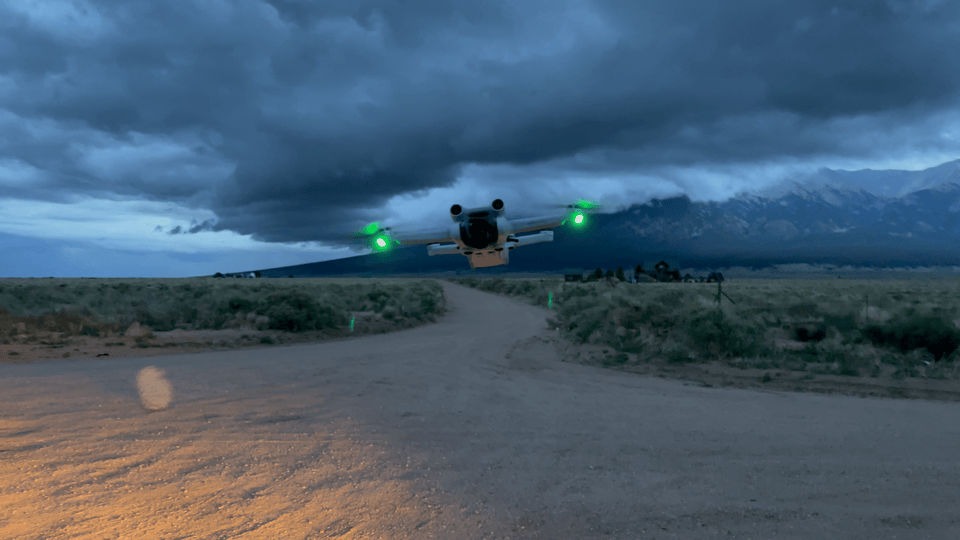
I travel with the Mavic 3 as well as the Mini 3 Pro, and very often have actually found myself reaching for the Mini 3 Pro rather than the more expensive and significantly heavier Mavic 3.
This is nothing against the Mavic line, more a testament to how good the Mini 3 Pro delivers on its promise of a small, capable drone for under $1000.
My top three ‘pros’ for the Mini 3 Pro are as follows:
- Ultimate drone in terms of portability
- Rotating gimbal is great for the increasingly popular vertical video format
- The long flight time with the extended battery isn’t what DJI advertises but still incredible
The rotating gimbal to go from horizontal to vertical video is fun and I find vertical much better suited for filming tall waterfalls, buildings, and people.
However, it’s not all roses with the Mini 3 Pro.
My biggest complaint is the gimmicky 48mp mode which, while actually a true 48mp (unlike the “48mp sensor” in the DJI Air 2), still shows its quad-bayer sensor origins with significant color noise and several seconds of processing every time you take a photo.
My list of cons is as follows:
- The screws that hold the propellors in place strip easily when trying to remove
- The object avoidance/sensors still aren’t great
- 48mp is still mostly gimmicky and takes 5-8 seconds to process when taking photos
- The “lens fogging” issue
Because I see so many people asking about it, I will add that the ActiveTrack isn’t too bad with the M3P, however, the object avoidance is that in name only as it will very happily fly your drone straight into a tree branch, powerline, or other object.
Both the propellor screw and the lens fogging are issues with the overall design of the drone but may or may not affect your experience.
I have had my drone for a year and have not had to change my propellors (well I did have the whole drone replaced once after a crash via DJI Care Refresh) but I did experience the lens fogging issue once or twice.
The TLDR is: DJI didn’t properly seal the camera, humid air can get into the camera housing, the drone/camera warms up while flying, and water condenses on the inside of the lens because the air inside the lens is now warmer than the outside air — thus causing the images to be blurry.
Supposedly DJI has somewhat remedied the fogging issue and getting a better-fitting screwdriver can lessen the chances of stripping out the screws so these issues aren’t the biggest anymore.
Overall the Mini 3 Pro is a great drone that punches well above its weight on image quality and flight capabilities and — despite its few shortcomings — is a no-brainer for anyone looking for a drone in the $500-$1000 range.
Is the Mini 3 Pro STILL worth it? Where it fits in DJI’s lineup

Since the release of the Mini 3 Pro, DJI has released a total of four brand-new consumer drones.
These are (in order of release) the:
- Mavic 3 Classic (October 2022)
- Mini 3 (December 2022)
- Mini 2 SE (February 2023)
- Mavic 3 Pro (May 2023)
This flushes out DJI’s consumer drone lineup to include a total of six drones as of Q2 2023, in order of price with the RC-N1 controller:
- Mini SE ($300)
- Mini 2 SE ($340)
- Mini 3 ($470)
- Mini 3 Pro ($760)
- Air 2S ($1000)
- Mavic 3 Classic ($1600)
- Mavic 3 Pro ($2200)
These are just the drones that are still available officially through DJI.
Third-party retailers are very much still selling the Mavic 3, Air 2, Mini 2, and other “discontinued” DJI drones because even though DJI has moved on, they very much are still viable in 2023.
Mini 3 vs Mini 3 Pro vs Air 2S
Going forward, the drones the Mini 3 Pro most closely compares with are the Mini 3 and Air 2S.
All are three really good options, each with its own strengths, weaknesses, and reasons to purchase.
| Mini 3 | Mini 3 Pro | Air 2S | |
| Pros | + Under 250g + Vertical video/photos + Budget-friendly + Great battery life | + Under 250g + Vertical video/photos + 4K/60fps + 10bit Cinelike + Great battery life | + 1″ sensor + 5.4K HLG/DLOG video |
| Cons | – Only 12mp – Only 4K/30fps & 100mbps | – Only 12mp | – Slightly older design – Less battery life |
| Fly more combo | $720 | $950 |
Mini 3 Pro vs Mavic 3 Classic
For those trying to decide between the Mini 3 Pro and the Mavic 3 Classic/Mavic 3 Pro — you are not alone as many people have gone down this path.
Both are DJI’s newest drones and have a “3” in their name so it’s a natural comparison.
However, the Mavic 3 line is on a completely different level than the Mini 3 in terms of size, cost, and capabilities — so while I include the comparison chart here, the real answer is: if you don’t see the reason why you need the Mavic 3 instead of the Mini 3 Pro (and saying “well it’s better” doesn’t count) than just save your money and get the Mini 3 Pro.
| Mini 3 Pro | Mavic 3 Classic | |
| Pros | + Ultra portable & sub-250g + Vertical video/photos + Great battery life | + Great dynamic range + 4K/120fps + Great battery life |
| Cons | – Limited low-light capabilities | – Large and heavy |
| Fly more combo cost | $950 | $2250 |
Mini 3 Pro vs Air 3/Mini 4/???
So how does the Mini 3 Pro hold up going forward?
Well, currently the only major DJI drone on the horizon is the Air 3 which currently, as of writing, has seen a few photos leak but nothing in regards to specs or new features.
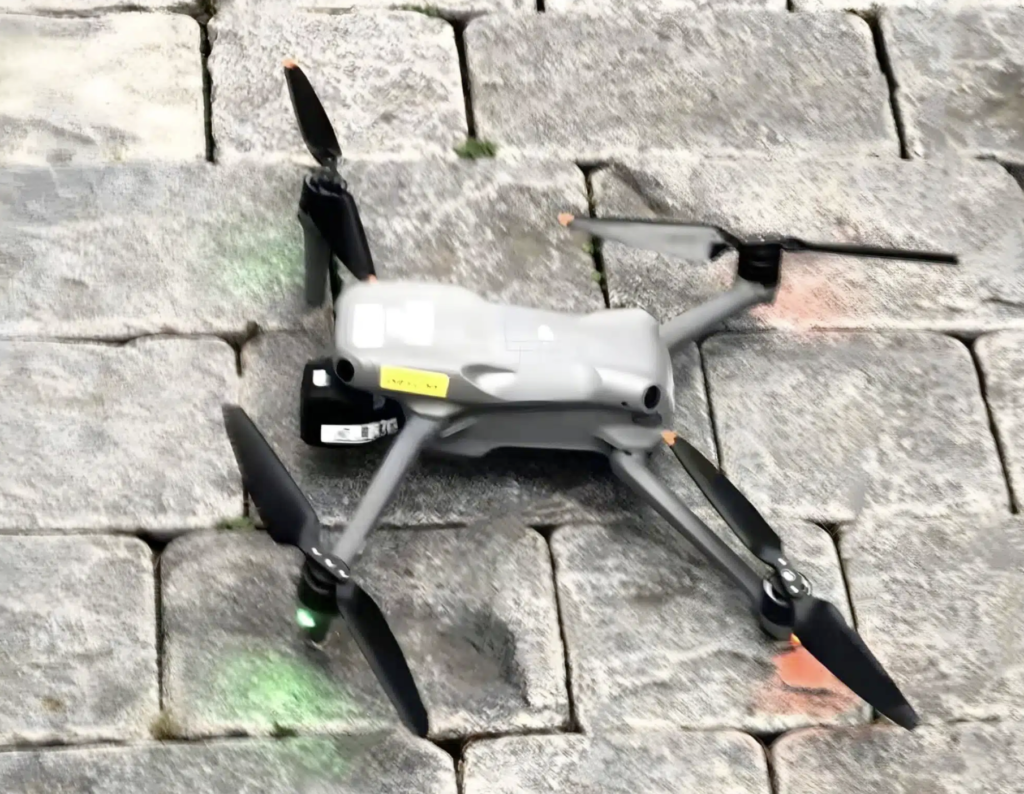
This indicates that we’ll probably see the Air 3 get a release date in Q3 or Q4 of this year.
The Air 3 will most definitely surpass the Mini 3 Pro in terms of capabilities, but will most likely carry with it a higher price tag in the range of $1100-$1500.
If it lacks vertical video capabilities then the Mini 3 Pro will still be a great choice for those needing vertical video as well as the under-250g crowd.
Ultimately, the Mini 3 Pro is still the drone to beat in the under $1000 crowd, and though the Air 3 may beat it on capabilities when it is eventually released, it will most certainly beat it on price.
Mini 3 Pro Long-Term Review: Conclusion

The Mini 3 Pro may be a year old, but it still is as relevant as ever.
DJI will no doubt eventually set about trying to replace the Mini 3 Pro with the Air 3 and even the Mini 4 Pro.
However, for the time being, it is still the go-to drone for beginners, professionals needing something portable, and those in countries where having a drone under 250g is advantageous.
If it didn’t come through in the review, let me make clear: The Mini 3 Pro is “mini” in name only so don’t underestimate what you can create with it.
